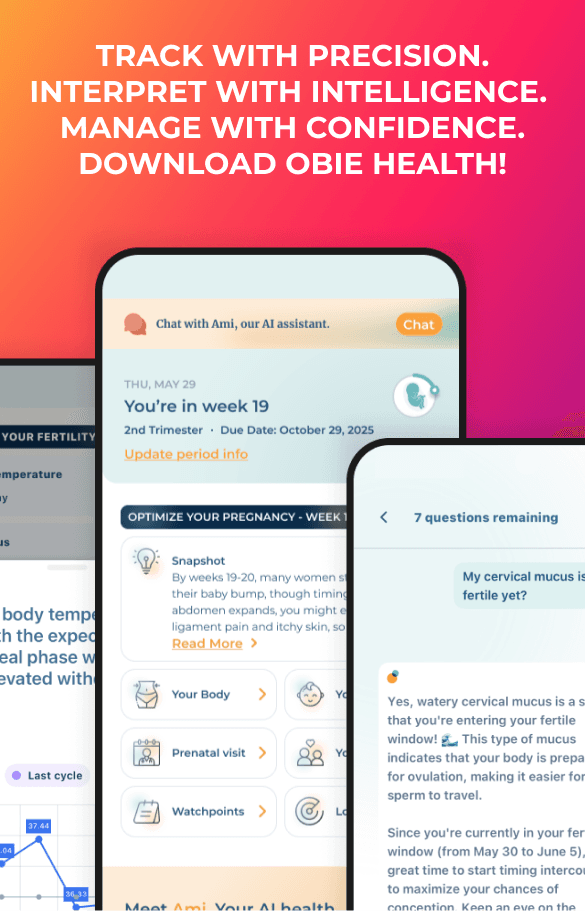Dramatic Rise in E-Cig Calls to Poison Control Centers
Women's Health News
Obie Editorial Team
Electronic cigarettes "represent an emerging public health concern," according to the US Centers for Disease Control and Prevention (CDC). This conclusion is based on a multi-year study of calls to poison control centers across the United States that were prompted by inhalation, ingestion, or exposure to electronic cigarette (e-cigarette or e-cig) devices or nicotine liquid.
The CDC researchers saw a dramatic rise in calls to poison control centers from September 2010 to February 2014. When e-cigarettes first hit the US market in 2007, there was no separate code for poison control center records to identify e-cigarettes specifically as the reason for the call. In September 2010, adverse reactions to e-cigarette exposure got their own coding system, giving the researchers the opportunity to track these calls specifically.
The new coding system allowed researchers to differentiate between poison control (PC) calls for e-cigarettes versus traditional tobacco-based cigarettes. Calls from PCs in all 50 states, the District of Columbia, and US territories were included. Other study parameters included:
- Only calls made from healthcare facilities were evaluated (not calls from homes or non-healthcare facilities).
- Cigarette exposure calls were limited to cigarettes alone, no butts.
- Calls were limited to single-substance exposure (e-cigarette only or tobacco only, not cigarettes and alcohol, for example).
Some findings include:
- 2,405 calls regarding e-cigarettes throughout the study
- 16,248 regarding cigarettes
- 1 e-cigarette call in September 2010
- 215 in February 2014
- 301 to 512 calls per month reported cigarette exposures throughout the study period
- More exposure calls were made during summer months (when exposure calls of every kind also increased)
- 12.8% of all PC calls from healthcare facilities involved e-cigarettes
- 5.9% involved cigarettes
- 94.9% of all cigarette-exposure calls involved children age 5 and under
- 51.1% of e-cigarette calls involved children 5 and younger
- 42% involved people older than 20
- 16.8% of all e-cigarette calls involved inhalation
- 2.0% of all cigarette calls involved inhalation
- 8.5% of all e-cig calls were eye exposures
- 0.1% of cigarette calls involved the eyes
- 5.9% of e-cigarette calls involved skin exposures
- 0.1% of cigarette calls were for skin exposure
- 68.9% of e-cigarette calls reported ingestion
- 97.8% of cigarette calls were for ingestion
- 57.8% of the e-cigarette calls reported "adverse health effect after exposure"
- 36.0% of cigarette calls reported adverse effects
- One e-cigarette call reported suicide death caused by intravenous injection of nicotine liquid
The most common adverse effects of e-cigarette exposure were eye irritation, nausea, and vomiting.
The CDC acknowledges its report may underestimate the actual number of adverse reactions to e-cigarette and tobacco cigarette exposures due to the parameters of the study.
Source: "Notes from the Field: Calls to Poison Centers for Exposures to Electronic Cigarettes -- the United States, September 2010-February 2014." Morbidity and Mortality Weekly Report (MMWR). Centers for Disease Control and Prevention. Apr 4, 2014. Web. Apr 23, 2014.







